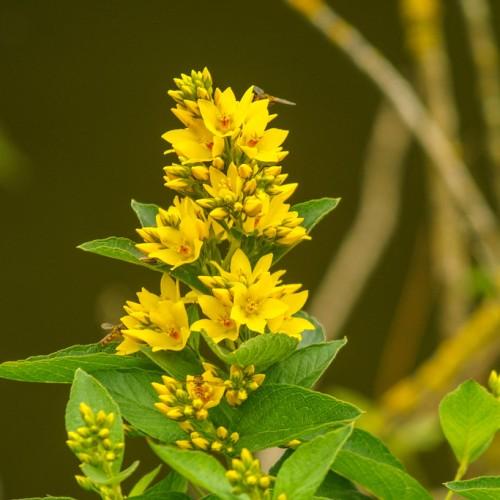
garden yellow loosestrife
Lysimachia vulgaris
Cycle:
Herbaceous Perennial
Watering:
Frequent
Hardiness Zone:
4 - 8
Flowers:
Flowers
Sun:
Full sun,part shade
Leaf:
Yes
Growth Rate:
Low
Maintenance:
Moderate
Drought Tolerant:
Yes
Invasive:
Yes
watering
Garden yellow loosestrife (Lysimachia vulgaris) prefers moist soil and does not like to dry out. As such, water your loosestrife plants regularly and deeply – about once to twice a week during the warmer months, and every 2 to 3 weeks during colder months. However, always check the soil before you water, as soil that is already damp should not need additional watering. In extreme heat, you may need to increase watering to 3 to 4 times a week. Water until the top 4 to 6 inches of soil is wet.
sunlight
Garden yellow loosestrife (Lysimachia vulgaris) prefers full sun but also grows well in part shade. This plant will benefit from 4 to 6 hours of direct sunlight every day, preferably in the morning or during the afternoon when there is less chance of the sun being too strong. In some climates, this plant can also tolerate a few hours of early evening or late afternoon sunshine, especially in cooler months. It's a good idea to keep the plant in an area where it receives some shade during the hottest part of the day, especially if temperatures exceed 90 degrees Fahrenheit (32 degrees Celsius).
pruning
When it comes to pruning garden yellow loosestrife, it should be done twice a year- once in early spring and again in late summer. In the early spring, any dead stems should be cut back to the base. In late summer, side stems should be cut back to just a few centimetres from the main stem to ensure adequate branching and flowering. Garden yellow loosestrife doesn't need much pruning, so it should only be done to maintain its shape or remove dead or damaged stems.
